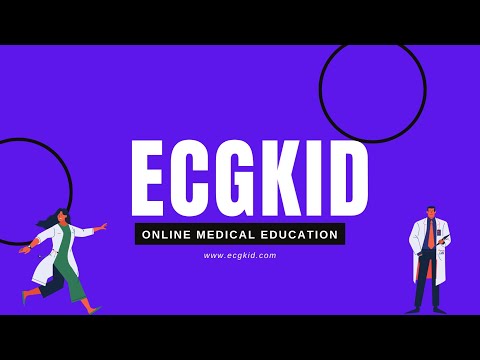🎬 Video Summary
This video provides a clear and concise explanation of Ischemic Heart Disease (IHD), also known as coronary artery disease. It breaks down the definition of IHD, explaining how it results from myocardial ischemia, a mismatch between the heart’s oxygen supply and demand. Learn the fundamental aspects of IHD to better understand heart health and potential risks.
🧠 Teaching Pearls
- 💡 Ischemic Heart Disease (IHD) is a condition characterized by reduced blood flow to the heart muscle.
- 💡 Myocardial ischemia occurs when the heart muscle doesn’t receive enough oxygen.
- 💡 IHD encompasses a spectrum of clinical disorders related to insufficient blood supply to the heart.
- 💡 Understanding the balance between oxygen supply and demand is crucial in understanding IHD.
❓ Frequently Asked Questions
Q: What are the main causes of Ischemic Heart Disease?
A: The primary cause is atherosclerosis, where plaque builds up inside the coronary arteries, narrowing them and restricting blood flow to the heart.
Q: What are the symptoms of Ischemic Heart Disease?
A: Common symptoms include chest pain (angina), shortness of breath, fatigue, and sometimes, no symptoms at all (silent ischemia).
Q: How is Ischemic Heart Disease diagnosed?
A: Diagnosis may involve an electrocardiogram (ECG), stress test, echocardiogram, or coronary angiography.
Q: What are the treatment options for Ischemic Heart Disease?
A: Treatment options include lifestyle changes, medications (such as statins and beta-blockers), angioplasty, and coronary artery bypass grafting (CABG).
Q: Can IHD be prevented?
A: Yes, adopting a healthy lifestyle, including a balanced diet, regular exercise, quitting smoking, and managing blood pressure and cholesterol levels, can significantly reduce the risk.
Q: Is Ischemic Heart Disease the same as a heart attack?
A: While IHD can lead to a heart attack, they are not the same. A heart attack (myocardial infarction) occurs when blood flow to the heart is completely blocked, causing damage to the heart muscle. IHD is the underlying condition that increases the risk of a heart attack.
🧠 Key Takeaways
- 💡 IHD results from a mismatch between the heart’s oxygen supply and demand (myocardial ischemia).
- 💡 Atherosclerosis is a primary cause of IHD, leading to narrowed coronary arteries.
- 💡 Lifestyle modifications and medical treatments are crucial for managing IHD and preventing complications.
- 💡 Early diagnosis and intervention are essential to improve outcomes for individuals with IHD.
🔍 SEO Keywords
Ischemic Heart Disease, IHD, Coronary Artery Disease, Myocardial Ischemia, Heart Disease Symptoms, Heart Disease Treatment, Atherosclerosis
“`

